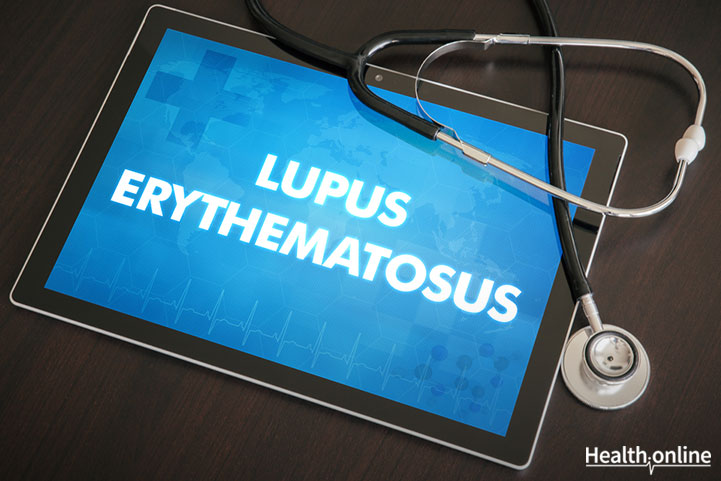
Associated Symptoms of Systemic Lupus Erythematosus
The signs and symptoms associated with SLE will be based on the organ system or area of the body that the immune system is attacking.
If Lupus presents in childhood, initial symptoms that may be present include:
- Malaria rash
- Ulcers
- Renal dysfunction
- Protein in the urine
- Casts in the urine
- Seizures
- Low platelet count
- Anemia
- Fever
- Enlarged lymph nodes.
Systemic Lupus Erythematosus (SLE) appears most commonly in women of childbearing age. Three common symptoms associated with Lupus include:
- Fever
- Joint pain
- Rash
Many patients present with a variety of generalized symptoms that must be further evaluated. Symptoms include:
- Fatigue
- Fever
- Joint pain
- Weight changes.
The musculoskeletal system associated symptoms may include:
- Muscle pain
- Joint pain
- Arthritis
- Avascular necrosis
If the skin is affected then signs/symptoms may include:
- Malar rash (butterfly-shaped rash on the face that spans across the bridge of the nose and cheeks)
- Sensitivity to light
- Discoid lupus.
If the kidneys are affected then signs/symptoms may include:
- Renal failure
- Acute nephritic disease.
When the lungs are involved, then the patient may experience:
- Pleural effusions
- Pulmonary hypertension
- Interstitial lung disease
- Pleurisy
- Pneumonitis
If the Gastrointestinal system is involvement, symptoms include:
- Nausea
- Abdominal pain
- Acid reflux
When the heart is being attacked by the immune system then the patient may experience complications such as:
- Pericarditis
- Myocarditis
Patients with SLE have also experienced: seizures, psychosis, low white counts, anaemia and low platelet counts. Raynaud’s phenomena is also a sign of SLE. Raynaud’s phenomena can be diagnosed when the fingers and/or toes turn white or blue when exposed to cold temperature.
Other symptoms may include chest pain, shortness of breath, dry eyes, headaches, confusion and memory loss. Each case of SLE is unique, and the signs/symptoms present will be based on the areas of the body that are being attacked by the immune system.
As with the majority of autoimmune diseases, there are time periods in which the symptoms are worse and time periods in which the symptoms are controlled. These episodic events are called flares.




